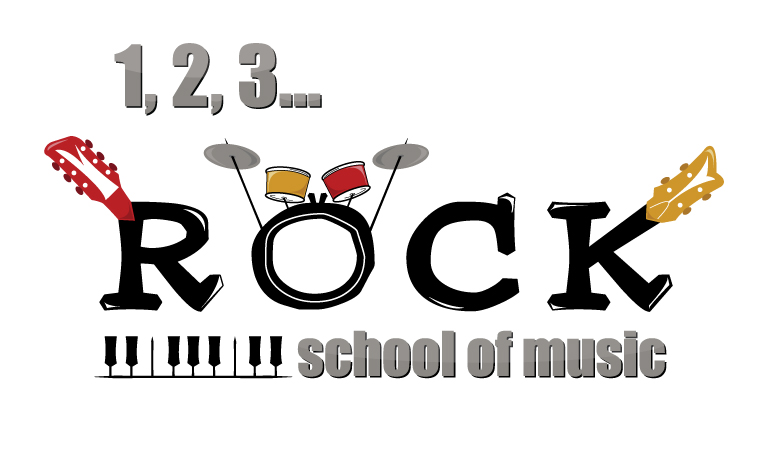Learning to play the piano is an enriching journey that requires dedication, patience, and practice. Whether you’re a complete beginner or have some experience, mastering this instrument involves understanding its fundamentals, developing technical skills, and cultivating musicality. In this guide, I’ll break down the essential steps to help you embark on your piano-playing adventure.
―Wednesday, May 22nd
1. Getting Started
Begin by familiarizing yourself with the layout of the piano. Understand the keyboard’s structure, including the white and black keys, octaves, and the pattern of repeating notes. Sit comfortably at the piano with good posture, ensuring your hands are relaxed and wrists are level with the keyboard.
2. Basic Techniques
Learn proper hand positioning and finger placement. Your fingers should curve naturally, with your thumb placed on Middle C. Practice playing scales, starting with the C major scale, to improve finger dexterity and coordination.
3. Reading Sheet Music
Acquire basic music theory knowledge, including note names, rhythms, and symbols. Start by learning to read sheet music, beginning with simple melodies and gradually progressing to more complex pieces. Practice sight-reading regularly to improve your fluency.
4. Practice Routine
Establish a consistent practice routine tailored to your schedule and goals. Dedicate time each day to practice scales, exercises, and repertoire. Break down pieces into smaller sections and focus on mastering each part before integrating them into a complete performance.
5. Technical Exercises
Incorporate technical exercises into your practice routine to develop strength, agility, and control. Practice finger exercises, such as Hanon’s “The Virtuoso Pianist,” to improve finger independence and speed. Work on scales, arpeggios, and chords to build foundational skills.
6. Learning Repertoire
Explore a variety of musical styles and genres by learning repertoire pieces. Start with beginner-friendly pieces and gradually progress to more challenging works as your skills advance. Choose pieces that inspire and motivate you, and don’t be afraid to experiment with different styles.
7. Interpretation and Expression
Focus on interpretation and expression when playing music. Pay attention to dynamics, articulation, phrasing, and tempo markings to convey the composer’s intentions. Experiment with different interpretations to express your own musical personality.
8. Ear Training
Develop your ear by practicing listening and transcribing music. Train your ear to recognize intervals, chords, and melodies by ear. Play simple tunes by ear and gradually increase the difficulty as you improve.
9. Seek Guidance
Consider taking lessons from a qualified piano teacher who can provide personalized instruction and feedback. A teacher can help you set realistic goals, identify areas for improvement, and offer guidance on technique and interpretation.
10. Stay Motivated
Stay motivated and inspired on your piano journey by setting achievable goals and celebrating your progress. Surround yourself with fellow musicians, attend concerts, and listen to recordings to stay inspired. Remember that learning the piano is a lifelong pursuit, and enjoy the journey of continual growth and discovery. In conclusion, learning to play the piano is a rewarding endeavor that requires dedication, discipline, and passion. By mastering fundamental techniques, developing musicality, and maintaining a consistent practice routine, you can unlock the full potential of this versatile instrument. Embrace the joy of making music and cherish the progress you make along the way.


